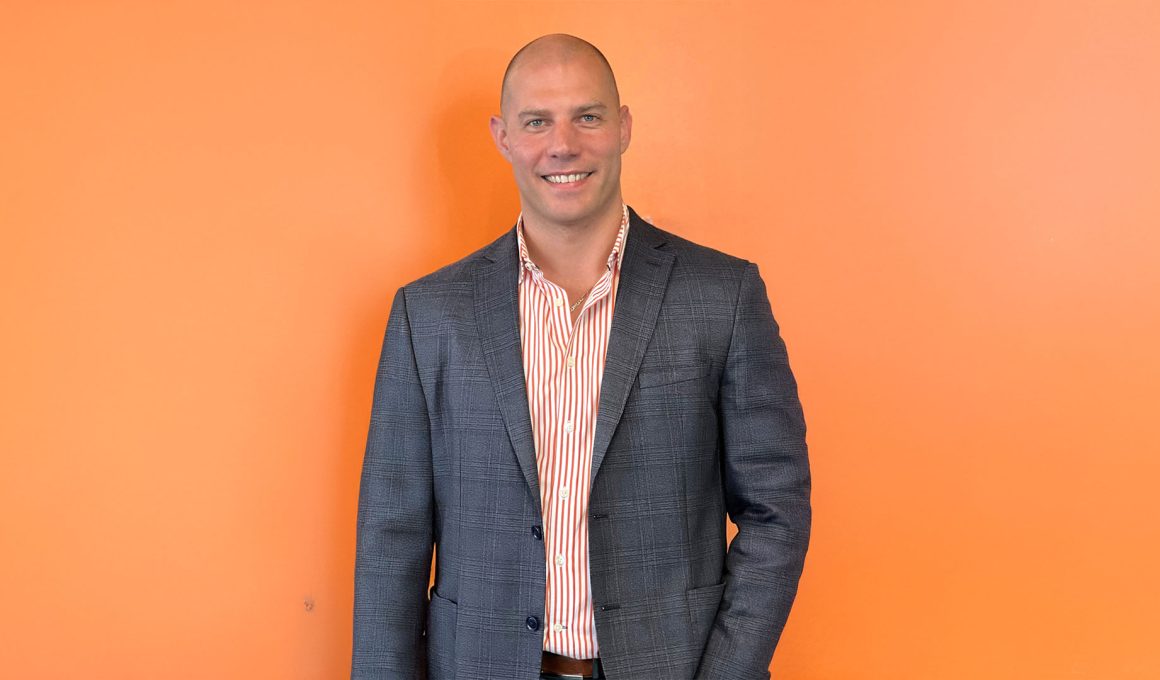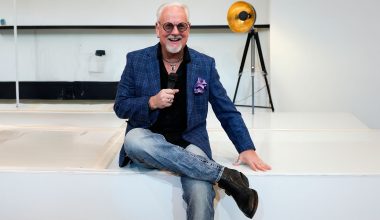The American marketplace has become increasingly saturated, with companies fighting for consumer attention through endless promotions and discounts. For many businesses, this leads to a race to the bottom, with shrinking margins and diminishing returns. Paul De Bonis, a marketing expert at TLC Worldwide, believes there are more effective strategies for standing out and building customer loyalty, especially as significant demographic shifts reshape consumer preferences.
Standing Out in a Crowded Market
The marketing landscape is more crowded than ever before. “In the US it’s very noisy. There’s no shortage of people advertising or promoting their brands,” Paul explains. “What’s really common is that you’ll find many brands in the same sectors all offering some version of the same thing. And then they just have a race to discount, basically, who can discount their price to the bottom the fastest because of it.” This approach might maintain the status quo, but companies seeking growth need more sustainable strategies.
Paul acknowledges that traditional methods still have their place. “There’s a place in the market for everything. There is a place for discounting, there is a place for couponing. But historical data shows first movers who adapt and relate to consumers in new, exciting ways are going to benefit the most,” he notes. Companies that can pivot quickly and connect with customers meaningfully gain significant advantages over competitors.
Understanding Demographic Shifts
One critical factor businesses must consider is the massive transfer of wealth currently underway. “We’re going to experience one of the biggest shifts in wealth in our country’s history,” Paul cautions. “Over the next decade or so, we’re going to be shifting from the baby boom wealth generation to where that gets passed down. If we’re not shifting how we think about talking to millennials more, Gen Z more, and the younger demographics, then we’re setting ourselves up for some really challenging moments as brands.”
Forward-thinking companies are already preparing for this shift by studying consumer data and investing in solutions that will appeal to younger generations. The challenge, according to Paul, is “identifying what that actually means in the sense of investment and return on investment.”
The Power of Experiences Over Products
Research shows that consumers increasingly value experiences over material possessions. “There’s a plethora of data out there that talks about the growing value that people of all generations are shifting towards wanting experiences rather than things or commodities,” Paul shares. “People are spending more money on enjoying experiences or things that can create memories.”
To illustrate this point, Paul references a recent StubHub survey: “More people remembered their first concert than remembered their first kiss. Experiencing something fun and exciting, something bigger than themselves, alongside friends and others that created such a lasting memory and a feeling of emotion.” This emotional connection is particularly important to younger consumers who “really value being seen as an individual and want to know that a brand actually understands them.”
Creating Value Beyond Discounts
Instead of competing on price, Paul suggests offering experiences that create lasting associations with your brand. “When a shopper buys a bottle of shampoo and conditioner, offer a free manicure pedicure – actually giving them an experience that’s worth more than what they spent,” he explains. “Maybe they spend $10 while the manicure is worth $25 or $35. Not only are you’re giving someone what data shows they want but now you’re also giving them more value than they’re spending – all while the brand on the shelf next to you is likely discounting by a dollar.”
This approach extends beyond driving immediate sales. “How do you get people to join your loyalty program? How do you get them to re-engage on a monthly basis and stay active? How do you get them to opt in and share data?” Paul asks. “Every brand has a list of objectives, and it’s about helping brands understand how to activate against those objectives in an affordable way so that we can drive results and return on investment.” The key is personalization and being able to let your customers know that you understand them by offering a personalized reward or choice of rewards.”
Follow Paul De Bonis on LinkedIn for more marketing insights and strategies.








